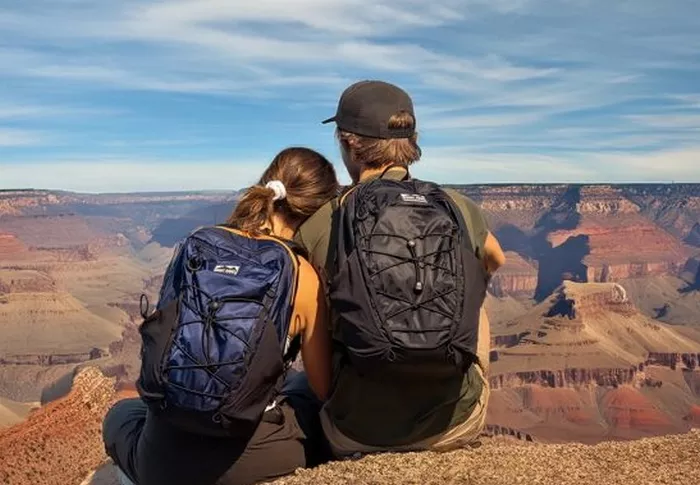The Grand Canyon has tragically seen over 900 fatalities, including 16 so far in 2024, with extreme heat playing a major role. Inner canyon temperatures can soar to 120 degrees Fahrenheit during summer, contributing to Arizona’s 645 heat-related deaths in 2023. Last summer alone, three hikers died after collapsing in separate incidents within the park.
To improve safety, an Arizona couple from Phoenix, Brian and Zeena Speciale, developed a mobile-friendly online tool called Shade Tracker. This interactive tool helps hikers avoid the intense sun on exposed Grand Canyon trails by showing shaded and unshaded areas, adjustable by time of day and season.
Hiking in the Grand Canyon poses a unique challenge: hikers descend more than a mile into the canyon but must then climb back uphill, often during the hottest hours. This uphill return can be exhausting and dangerous, especially if an emergency like heat exhaustion or injury occurs.
The National Park Service has placed graphic warning signs on major trails to discourage visitors from overestimating their abilities, but preventable accidents persist annually.
Shade Tracker allows users to search trails or landmarks and plan routes that minimize sun exposure. During the hot summer months, it can help hikers avoid peak heat or find nearby shade in emergencies.
The Speciales created Shade Tracker through their company, Hike Tribe, which focuses on promoting safety and preparedness for hikers. Their tool comes at a crucial time as park officials announced that the Bright Angel Trail—a safer, more shaded ascent route from the South Rim—will be closed to uphill hikers from May 15 through September 30, 2025.
During this closure, hikers will be redirected to the South Kaibab Trail, which lacks shade and water sources. The Speciales warn this change “could lead to a significant spike in heat-related emergencies,” making knowledge of shaded spots essential for survival.
Related Topics
- Hikers Discover Hidden Gold Treasure Worth Thousands in Czech Mountains
- Hunters and Hikers Advised to Avoid New Military Zone Along New Mexico Border
- Tri-State Hikers Warned to Stay Vigilant Amid New Safety Advisory

